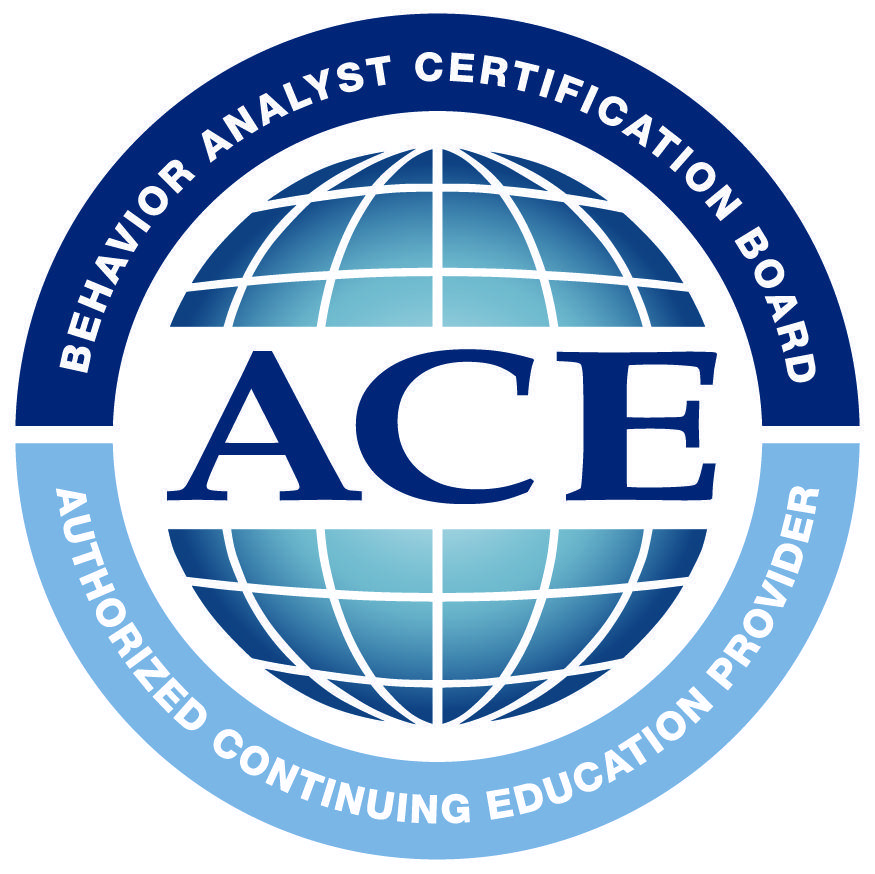Handwashing is a self-help skill we use in our daily life and is a prevention method to decrease the spread of COVID-19. When teaching handwashing, here are 4 best strategies that will assist to successfully accomplish the skill:
Before we start to teach handwashing, it is important to create a task analysis. A task analysis is breaking down the skill into multiple simple steps. After breaking down the skill into smaller steps, we can review which steps the individual struggles with and plan on how to be able to assist them.
After breaking down the steps, we will then determine how to teach handwashing by using a chaining procedure. Chaining is a teaching method for learning multiple steps of a skill. There are three types of chaining procedures:
With total task chaining, the individual is to do each step of the skill and is provided assistance when they are stuck on a step. To see how total task chaining is presented, please click here for a video example.
With forward chaining, the individual will be taught each step one at a time. In this teaching method, one step in the skill will be taught, and the remaining steps will be done by the caregiver. To see how forward chaining is presented, please click here for a video example. With backward chaining, the final step of the task analysis is taught. This can be used if the individual knows most of the final steps of the skill instead of the first steps. To see how backward chaining is presented, please click here for a video example.
When teaching handwashing, we use a prompt hierarchy to assist the individual to accomplish a step. An important note to remember is to use the least to most assistance, and to decrease that assistance as the individual completes the steps independently. A way I learned to follow the prompt hierarchy was by using this rule:
‘Tell’ is the verbal prompt. This means you will verbally say what the next step is. For example, “Here, we dry our hands with the towel.” If the individual remains unsure, you will proceed to the next step: Show
‘Show’ is the model/gesture prompt. This means you will model or point to the next step the individual will need to do. For example, if the individual does not know what to do after turning off the water, you will then point to the towel or model by rubbing your hands with the towel and say, “Like this”. If the individual remains unsure, you will proceed to the next step: Do
‘Do’ is the physical prompt. This means you will use hand-over-hand to guide the individual on how to complete the next step. Remember, as you physically guide the individual to complete the step, remind them what step is taking place. For example, you can say, “Like this. That’s how we dry our hands.”
While teaching handwashing, it is important to provide social praise to support the individual’s cooperation during the practice. After the individual independently completes a targeted step or to further support their cooperation, provide reinforcement such as a toy or a small gummy edible.
Ready to start the RBT or ABAT Course? Click here to get started.
Let us know if there is a topic you would like covered in a blog or if there is an aspect of ABA learning you would like in a course!

ABA Courses is an Authorized Continuing Education Provider
© 2019 All Rights Reserved. ABA Courses | Terms and Conditions | Privacy Policy